21 Weird NFL Spending Trends That Only Insiders Talk About
NFL teams bring in billions, but some of the ways they spend money still raise eyebrows. Behind the massive contracts and stadium deals are spending habits that never make it to press conferences. These trends aren’t always logical, but they’re real, and insiders know just how common they’ve become across the league.
Backup QBs Getting Paid Starter Money
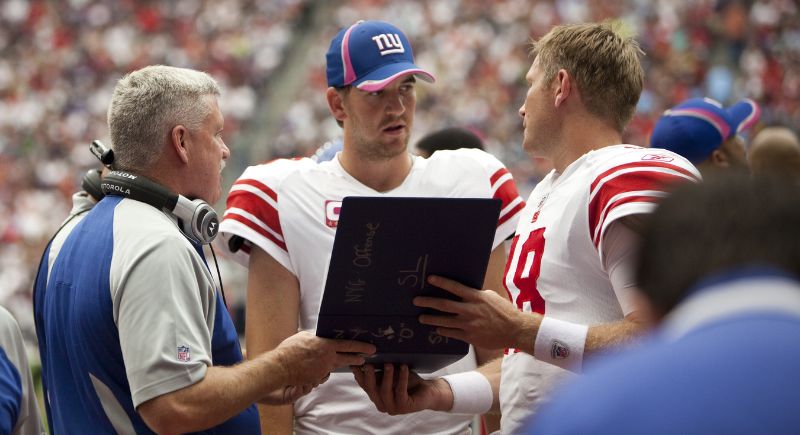
Credit: Wikimedia Commons
Some teams pay backup quarterbacks more than starting players at other positions, even though these veterans are expected to never play. Teams see it as insurance against injury disasters, but fans rarely notice how much cap space goes toward a guy in a baseball cap holding a tablet on Sundays.
Teams That Spend Big on Punter Contracts

Credit: Facebook
Punting doesn’t make highlight reels, but it shapes field position. Some front offices see it as essential and offer multi-year deals with higher-than-expected payouts. These have remained with teams longer than most coaches. In tight games, especially late in the season, everyone wants someone they already trust with the ball.
Millions Spent Just to Cut Players Early
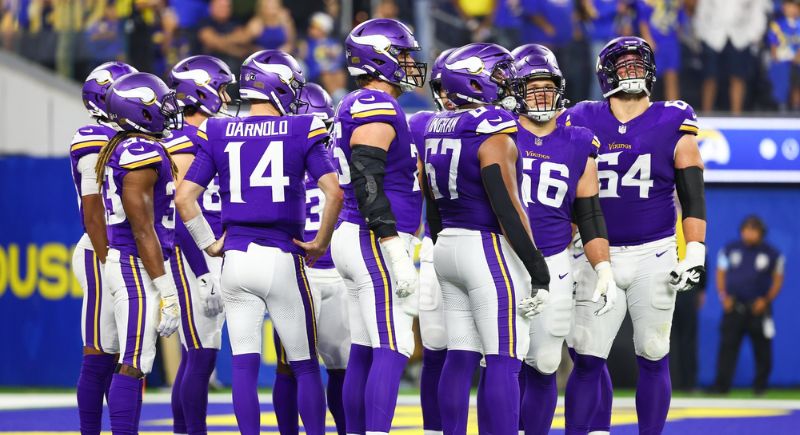
Credit: Facebook
Every year, some players are paid not to play. Guaranteed money means they still get paid, even if they’re cut. Coaches change systems, and someone who fits in August may be gone by October. At the end of the day, millions vanish from the cap, and fans wonder why the team keeps missing the playoffs.
Splashy Free Agents Who Never Fit the Scheme
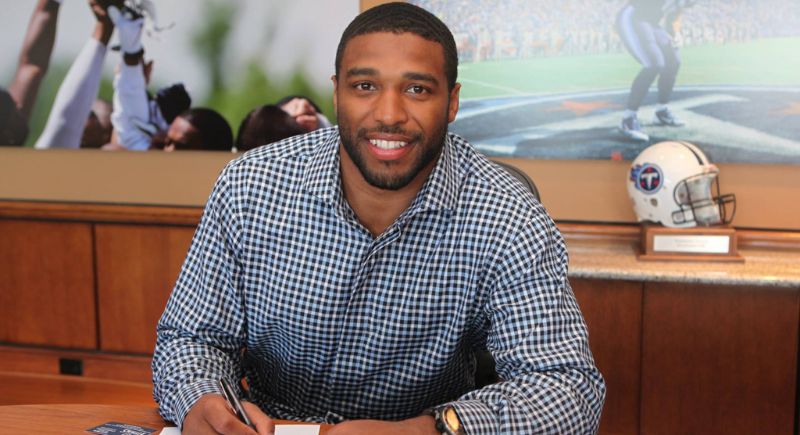
Credit: Facebook
It happens almost every offseason. A big-name free agent is signed on, given a huge contract, and then told he doesn’t fit the playbook. Coaches try to adjust, but by midseason, the player is barely involved. That wasted money clogs the books and leaves the front office scrambling.
Spending More on Receivers Than Offensive Linemen
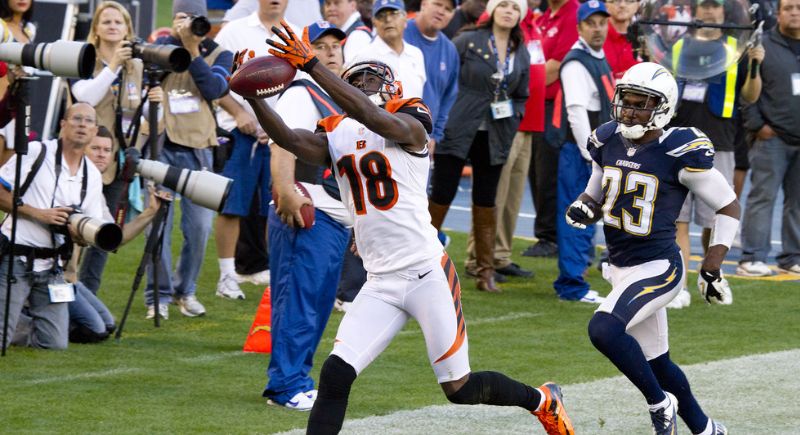
Credit: flickr
A highlight reel receiver might sell tickets, but without a solid line, they can’t get open. Still, some managements pour money into wideouts while patching the offensive line with rookies and minimum deals. It’s a trend that frustrates quarterbacks and gets coaches fired when protection breaks down.
Coaches Getting Paid Long After They’re Fired
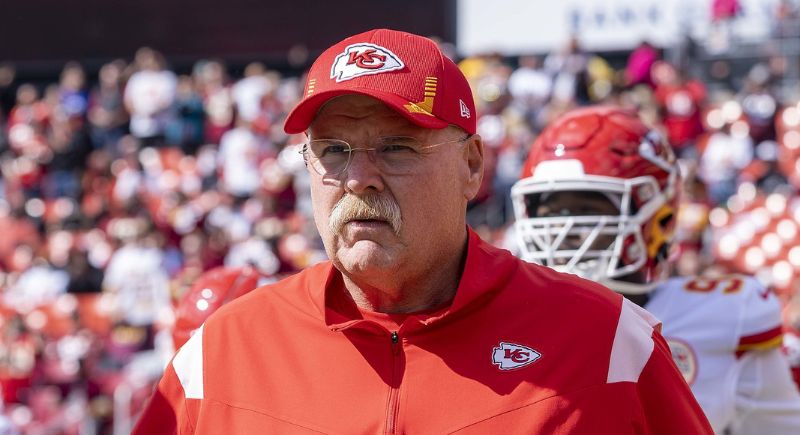
Credit: Wikimedia Commons
If coaches are fired early despite signing multi-year deals, they have the right to collect pending claims. That means franchises often pay the current staff and one or two ex-coaches at the same time.
Throwing Cash at a “Culture Reset”
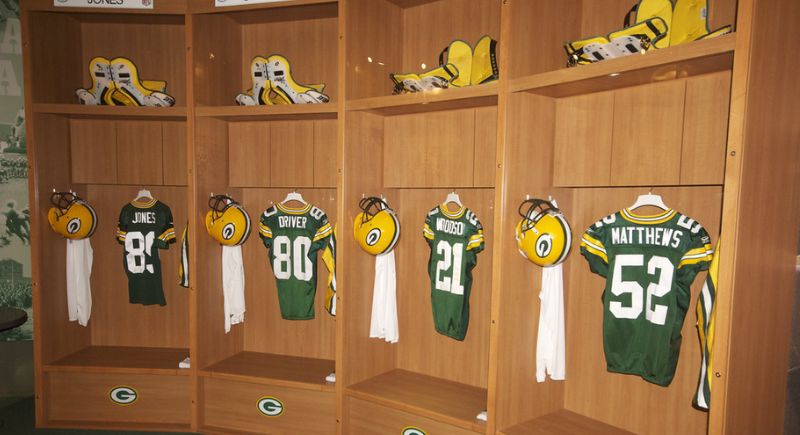
Credit: flickr
Shifting locker room dynamics often comes at a cost. A new GM or head coach may bring in high-priced veterans to lead by example, even if their time on the field is limited. While the effort builds morale, it’s often temporary. These contracts rarely last, and payments are made in the name of short-term chemistry.
Practice Squad Players With Surprising Salaries
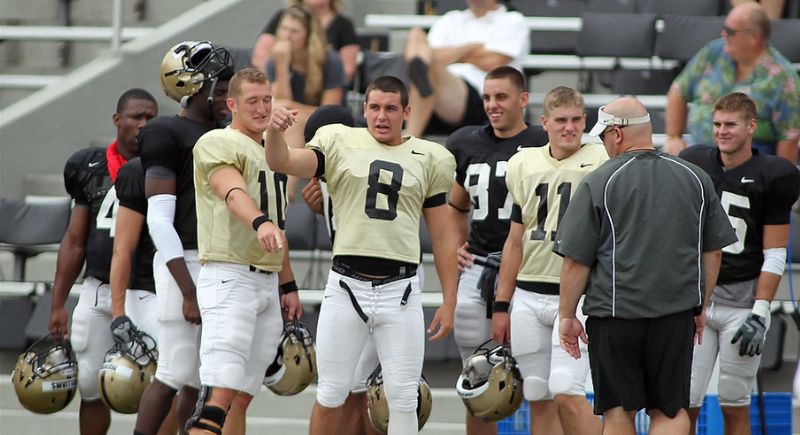
Credit: flickr
Practice squad players are usually low-cost, but not always. Priority prospects can earn six figures to stay on standby. Athletes are offered bigger weekly checks to prevent rivals from poaching them. It’s a quiet arms race, and only insiders see how much money gets tied up off the active roster.
Investing in “Character Guys” After Scandals
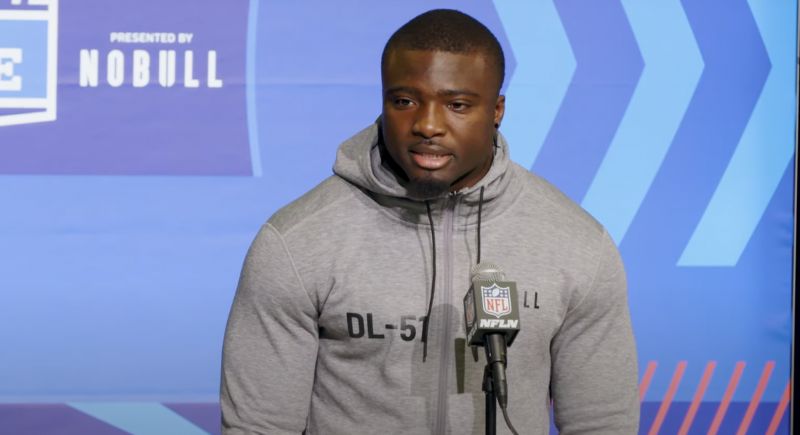
Credit: Wikimedia Commons
After public controversies, players known for strong leadership and character are signed to improve locker room culture and public perception. These players might not start or play much, but they cost more than people realize. Their job is part performance, and part image repair.
Signing Players to Block Division Rivals
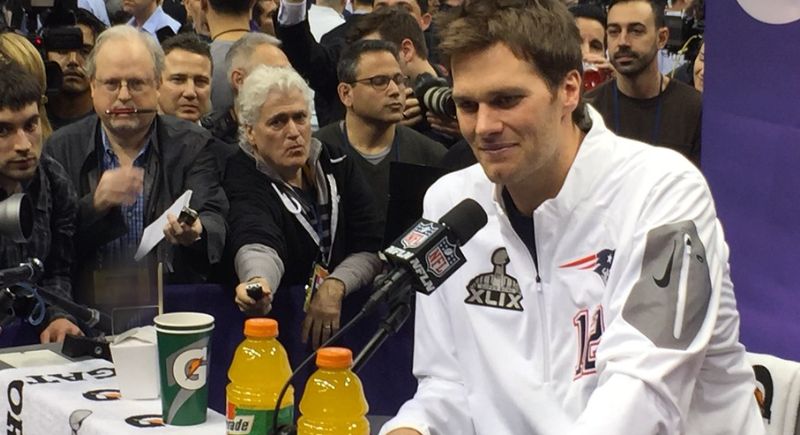
Credit: flickr
There are times when a player is signed just to keep him away from a division rival. These deals don’t always make sense for the team itself, but they serve a defensive purpose. The player might sit on the bench, but management views it as stopping opponents from filling a need.
Massive Signing Bonuses to Avoid Future Hits

Credit: Getty Images
Cap space tricks are part of every NFL budget. One common move involves front-loading a contract with a huge signing bonus to avoid future cap hits. The player gets the money either way, but the team shifts how it’s reported. It’s legal and smart, but it hides how much was really spent.
Paying Rookies More for Draft Spot Than Performance
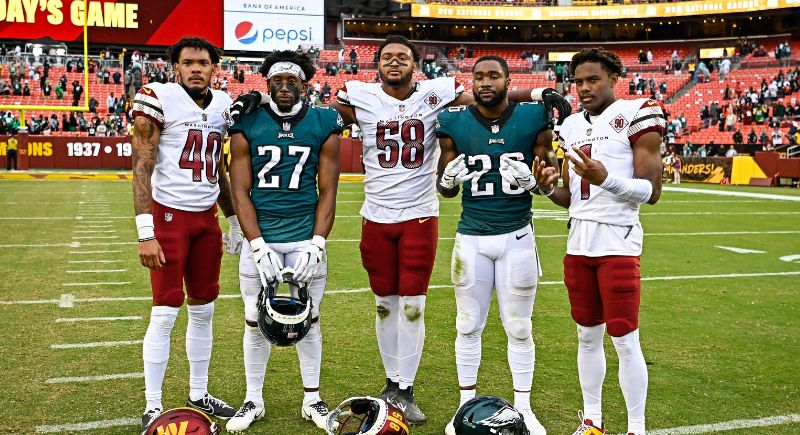
Credit: Wikimedia Commons
Rookie contracts are scaled, but top picks still get more money regardless of how they perform. A first-rounder who rides the bench earns more than a productive later-round player. Coaches know it. Players see it. But the structure stays the same, and it still shapes roster decisions every year.
Budgeting Big for Offseason Optics
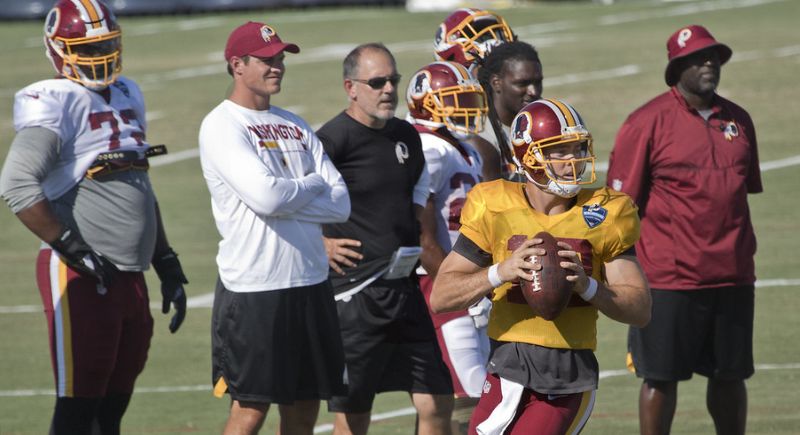
Credit: flickr
Training camp isn’t just for players. Some teams put real money into media coverage, fan experiences, and hype videos. The goal is to build momentum and shift headlines. It’s all about perception. Internally, insiders joke that the offseason sometimes gets more attention than the regular season.
Spending Big to Protect a Public Image
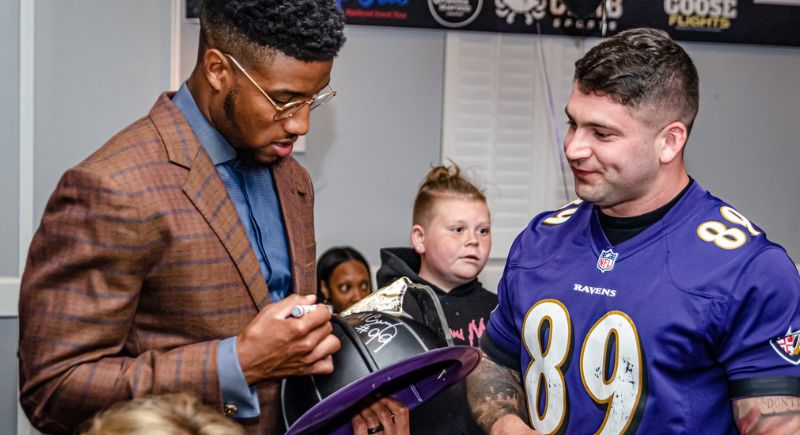
Credit: Facebook
Image matters in the NFL. After scandals or disappointing seasons, some teams quietly shift money into public relations efforts. This can include charity partnerships, fan events, or outside consultants focused on repairing the reputation.